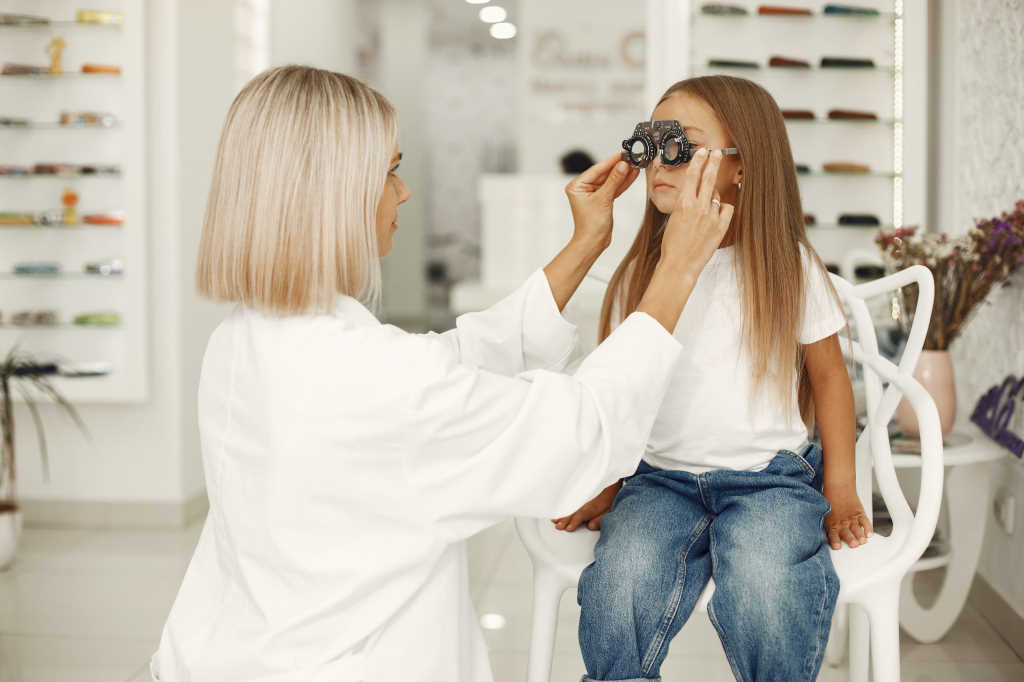Young workforce faces regional, equity issues
The Optometrists and Dispensing Opticians Board (ODOB) has published its first workforce survey report, highlighting a young, positive and mostly female profession challenged by an uneven geographical distribution and under-representation of Māori and Pasifika.
Overall, the net number of optometrists increased by 42 in the 2021-2022 period, while the number of dispensing opticians (DOs) decreased by 12, despite eight new DOs becoming registered during the period. Report author Dr Phil Turnbull, a senior lecturer at Auckland University’s School of Optometry and Vision Science, attributed the loss to DOs leaving the profession due to Covid-19 pandemic stresses.
The report found both Aotearoa’s optometry and dispensing professions to be relatively young (optometrists’ median age was 39.0 years and DOs’ was 47.2 years) and dominated by female practitioners (60.8% of optometrists and 75% of DOs). The report suggested the gender split may be linked to the training and the job being perceived as more family friendly, especially when compared to medical specialisations. The proportion of females in optometry is likely to increase over the next decade as older males reach retirement and are replaced with a younger cohort who are predominantly female, the report said.
Of those surveyed, just 1.9% of optometrists and 2.7% of DOs identified as Māori. “In the 2018 census, 16.5% of the population identified as Māori, so this means Māori are significantly underrepresented in both professions,” said the report, adding this was also true for Pasifika, who made up 8% of the population in 2018, but only 1% of the combined professions.
Geographical distribution showed that while Auckland is saturated with optometrists, regions such as Wairarapa, Tairāwhiti and the Bay of Plenty are at risk of being underserved. “The high variation in practitioner distribution limits the ability to access eye healthcare in a timely manner and greatly increases the risk of worsening existing inequities,” the ODOB said. The difficulty of attracting optometrists, and to some extent DOs, to smaller towns or rural areas is a common theme among practice owners, with some regional practitioners feeling trapped when nearing retirement or wanting to reduce their work hours, it said.
When asked about the future, members of both professions were mostly positive, with the majority of optometrists saying the move towards more medical optometry is something to be excited about. The survey also confirmed Covid-19 placed additional stress on eyecare professionals, with many stating they were overworked (27% of optometrists and 14% of DOs).
Commenting on the data, ODOB chief executive Elmarie Stander said the ODOB hopes the annual publication of workforce data will be useful to associations, education institutions, researchers and policy makers to ensure all New Zealanders receive the safe and timely eye healthcare they deserve.
The ODOB is engaged in several collective workforce- and career-development initiatives with the Ministry of Health and Te Whatu Ora, she said, adding there are also several active initiatives to address equity and access being driven by the University of Auckland, including the Māori and Pacific Admission Scheme, the Regional Rural Admission Scheme and the School of Optometry and Vision Science’s Vision Bus Aotearoa, which has a key goal of reaching traditionally underserved populations.
The report is based on Te Whatu Ora/Health New Zealand data collected in conjunction with practitioners applying for or renewing their annual practising certificate during March 2022. From 1,262 APC applications, 1,053 responses (83.4%) were received.


























